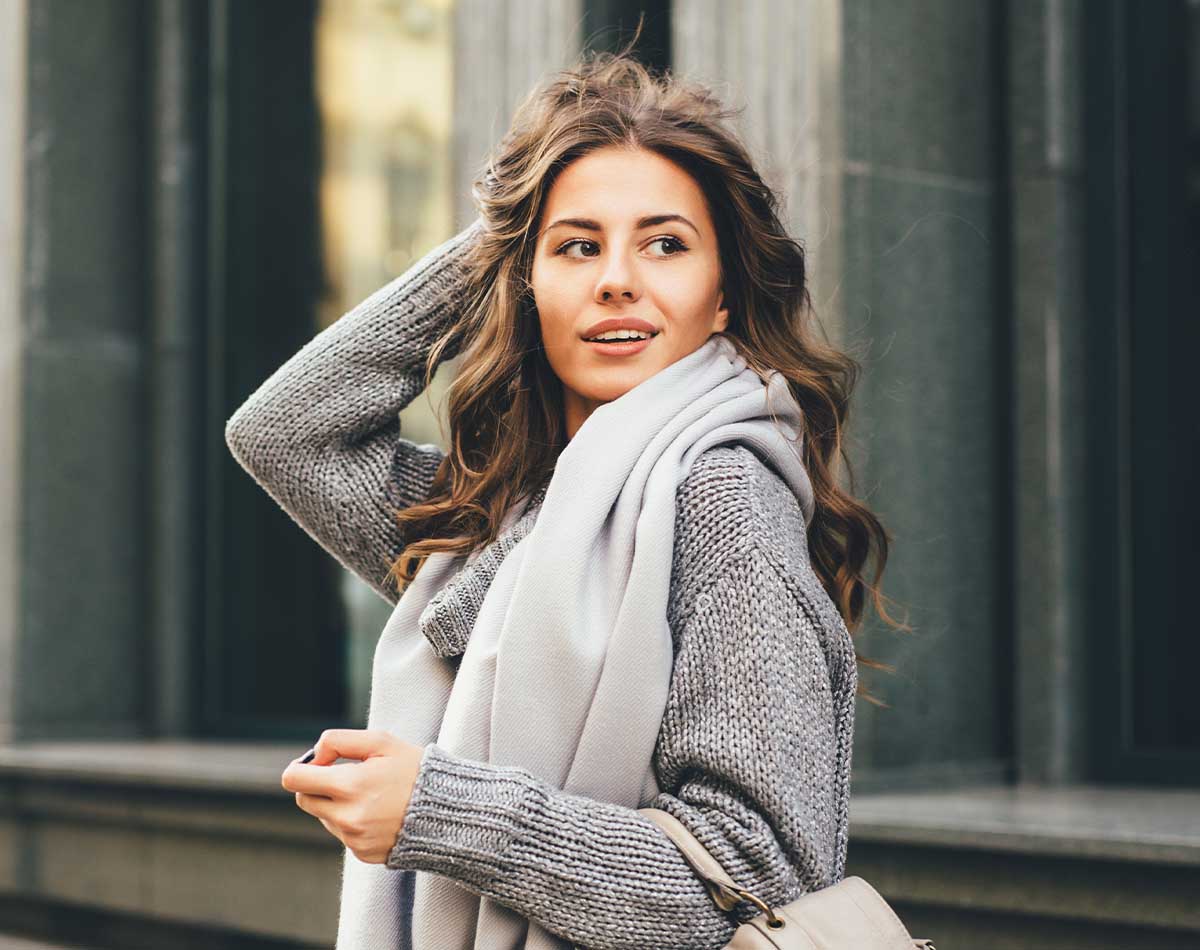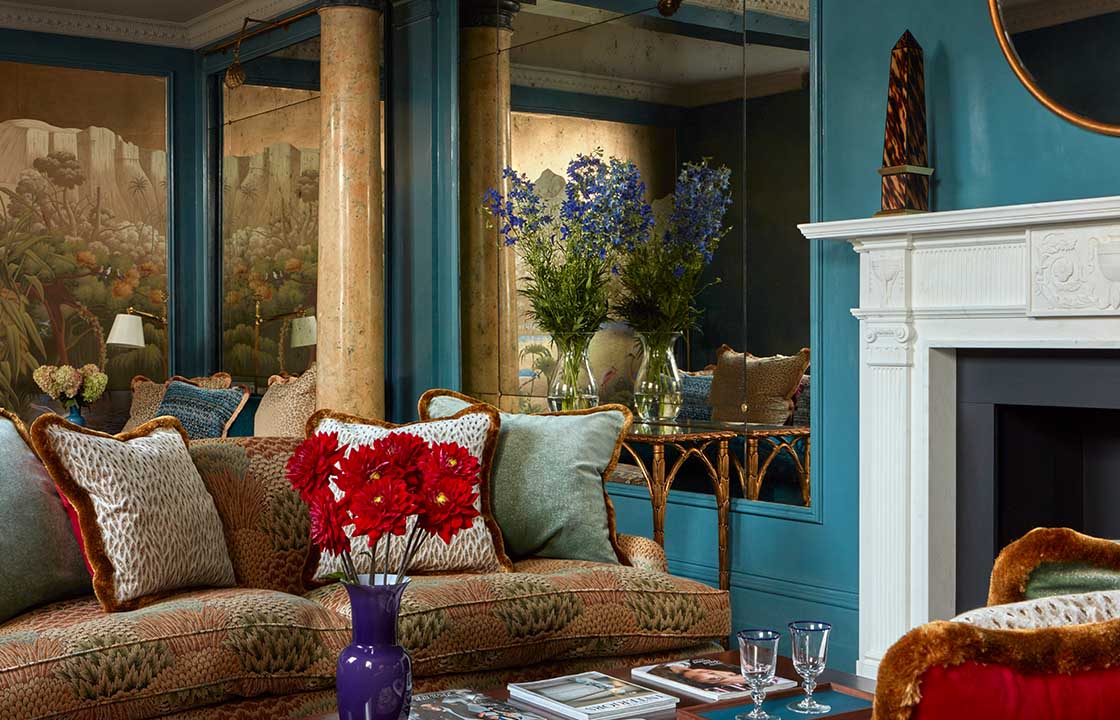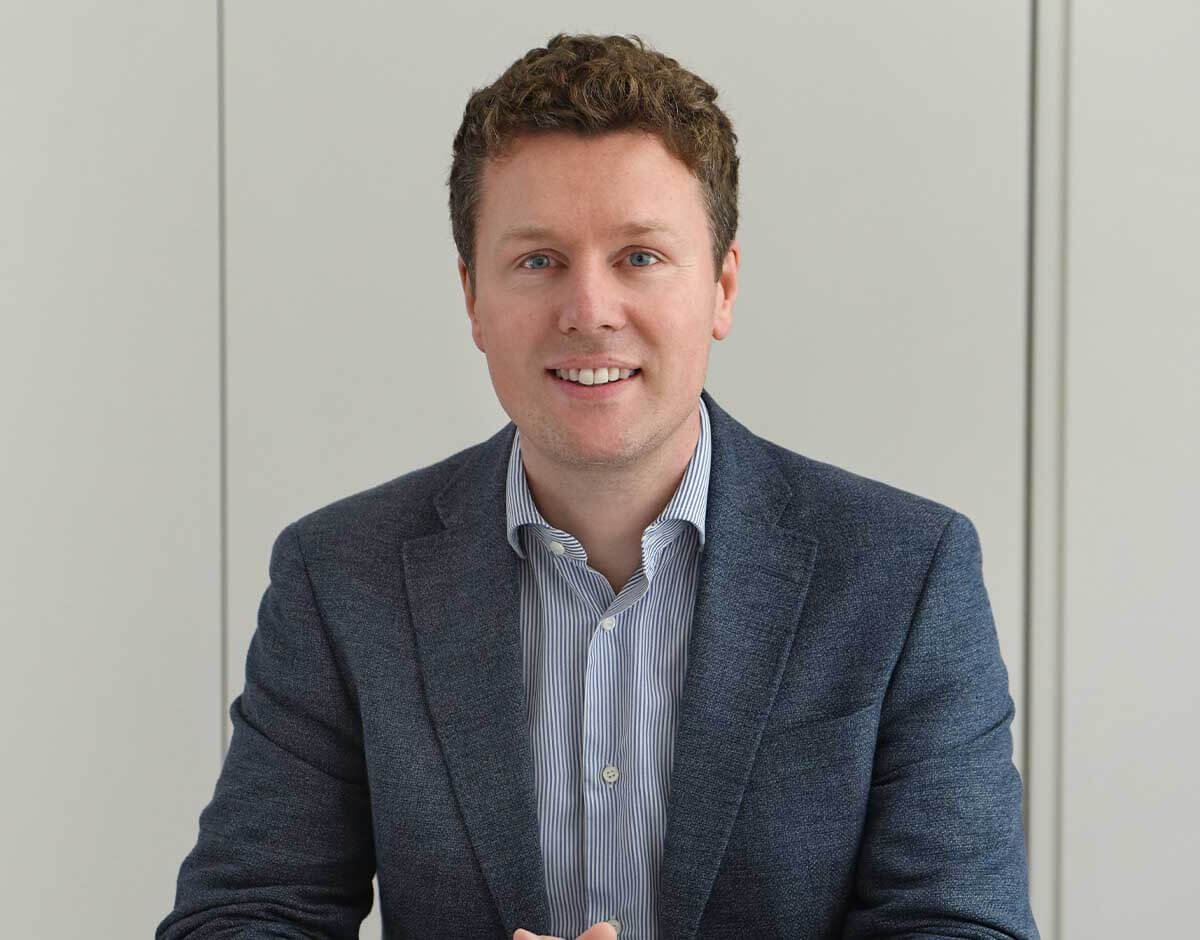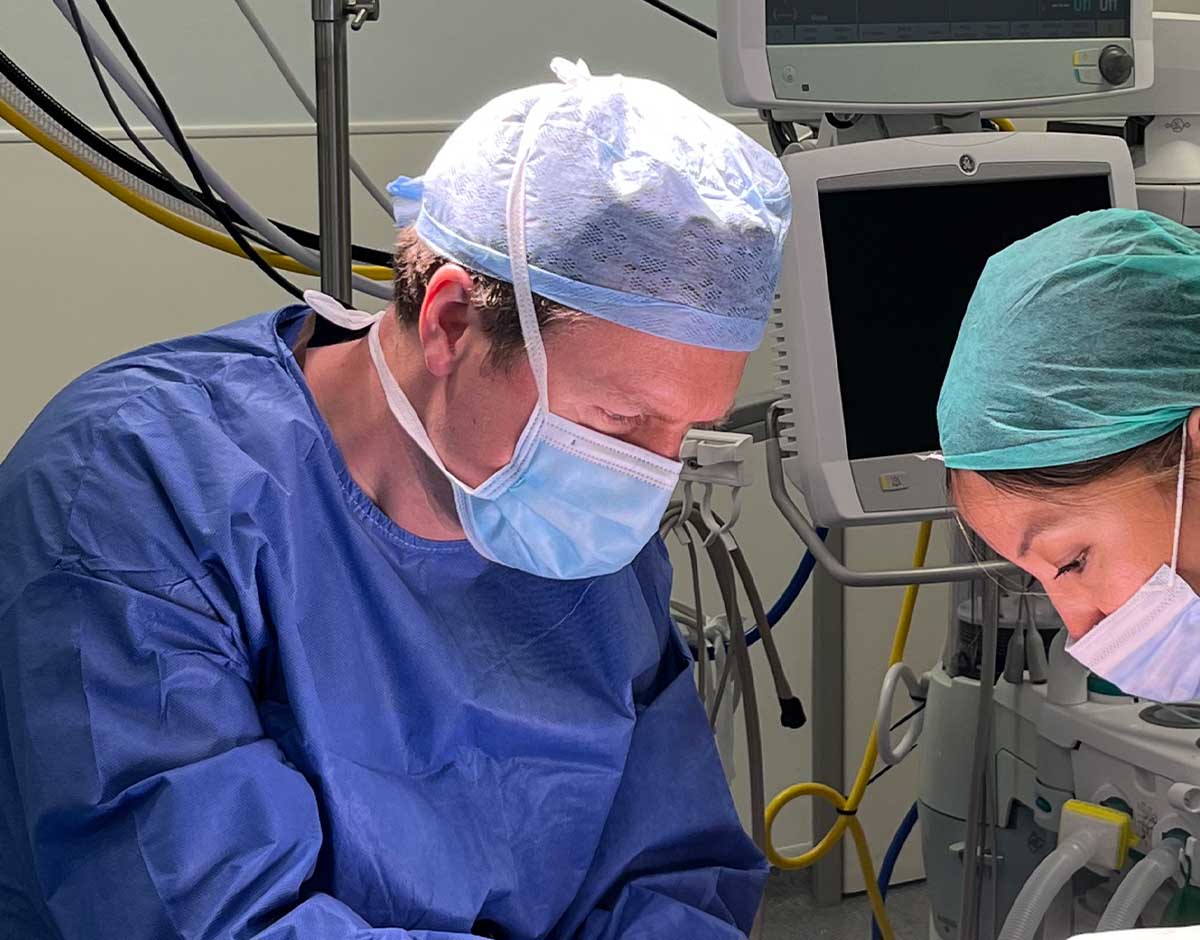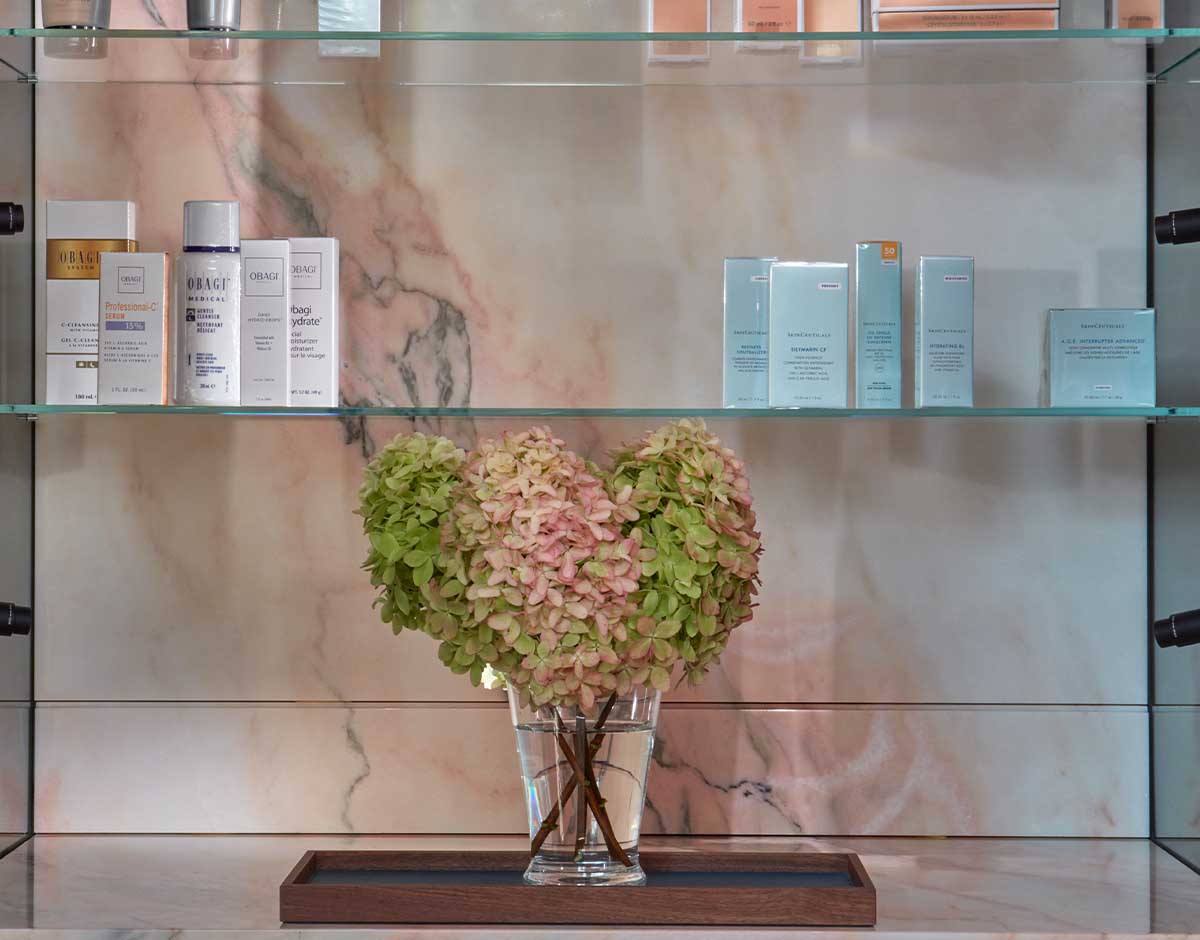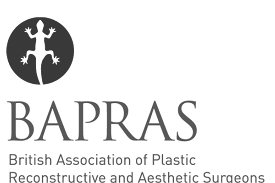-
What is lower blepharoplasty surgery?
Lower blepharoplasty aims to address issues such as under-eye bags, puffiness, and excess skin in the lower eye area that can contribute to a tired or aged look. By carefully removing or repositioning deep fat pockets and tightening the skin, Jonathan will aim to create a smoother, more youthful contour beneath the eyes. The procedure typically involves small incisions hidden along the lash line or inside the eyelid, minimising visible scarring.
-
Why is lower blepharoplasty often combined with Halo laser treatment?
Lower blepharoplasty and Halo laser treatments are frequently combined to achieve a more comprehensive facial rejuvenation. While lower blepharoplasty addresses under-eye bags and excess skin, the Halo laser targets skin texture and quality. This powerful duo works synergistically: the surgery tightens and smooths the eye area, while the laser improves overall skin quality and firmness. The Halo laser’s skin-tightening effects complement the surgical adjustments, creating a harmonious and natural-looking outcome that addresses multiple signs of ageing simultaneously.
-
Who is lower blepharoplasty surgery suitable for?
Lower blepharoplasty is suitable for individuals experiencing visible signs of ageing or a genetic predisposition to eye bags. If you have excess skin, under-eye bags, or dark circles beneath your eyes, it is a procedure that can improve appearance.
-
Why is the first assessment key to successful lower blepharoplasty surgery?
By meticulously evaluating factors such as skin elasticity, fat distribution, and underlying muscle tone, Jonathan will assess tissue quality, and determine the extent of correction needed in your individual case. It enables him to customise surgical planning, minimise the risks of your surgery and optimise aesthetic outcomes.
-
How painful is lower blepharoplasty surgery?
The level of pain varies but most patients describe the pain as mild to moderate. Usually, the most noticeable discomfort occurs in the first 24-48 hours post-surgery. Jonathan can prescribe pain medication to manage this initial period. Cold compresses and rest help alleviate discomfort. While some swelling and bruising are common, these symptoms usually reduce over 1-2 weeks. Overall, the discomfort from lower blepharoplasty is considered manageable for most patients.
-
How long does lower blepharoplasty surgery take?
Lower blepharoplasty surgery usually takes between 1 to 2 hours to complete. The exact duration depends on the complexity of your individual lower eye area, the extent of correction needed, and whether your surgery is combined with other procedures.
-
What results can I expect from lower blepharoplasty surgery?
Patients should experience a reduction in under-eye bags, smoother skin texture, and potentially diminished dark circles under the eyes. The surgery may also soften fine lines and wrinkles, creating a more youthful, refreshed appearance. While full recovery can take several weeks, many notice improvements within days, once any swelling, bruising or dry eyes has decreased. The final result is usually visible at 6-9 months.

Lower Blepharoplasty
Face Aesthetic
Lower blepharoplasty is a surgical procedure that addresses problems associated with the aesthetic and functional issues of the lower eyelids. It can also resolve issues such as under-eye bags, excess skin, and tear trough deformities, through the removal or redistribution of deep fat pockets, tightening loose skin, and sometimes via reinforcing supporting structures. A lower blepharoplasty procedure can rejuvenate the under eye area, as well as reducing the appearance of fatigue and ageing.
What happens during a lower blepharoplasty procedure?
Jonathan will use one of two incision techniques: subciliary (under the eyelashes) or trans-conjunctival (on the inside of the eye), depending on the nature of what needs to be achieved through your lower blepharoplasty surgery. The trans-conjunctival approach is a scarless technique, leaving no visible external marks, whereas subciliary is used when there is a need to remove excess skin. During the surgery, fat is carefully removed or repositioned to reduce puffiness and improve the transition of the lower eyelid to the cheek.
Faqs | Lower Blepharoplasty
“Excellent treatment and service, would absolutely recommend to everyone.”
Client Review


